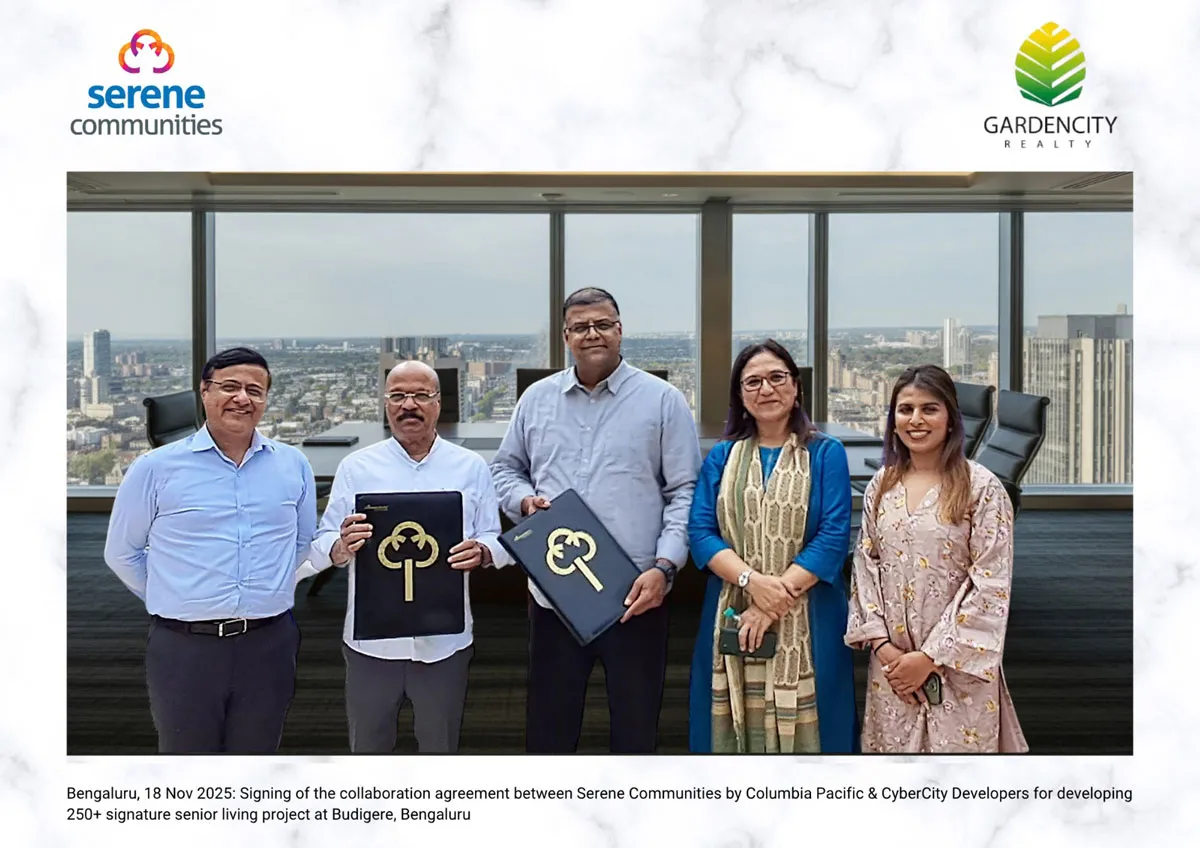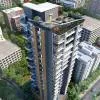Tirupati is redefining the way railway stations are envisioned! Located in the southern state of Andhra Pradesh, the station stands tall in terms of passenger amenities such as foot-over-bridges, lifts and escalators, snack kiosks, drinking water points, porters, wheelchairs and 100 per cent outdoor lighting fixtures powered by LED lamps. Further, it has adopted a host of eco-friendly measures, including a solid waste management plan, plastic-free environment and good indoor ventilation, as well as developing an organic garden within the station premises.
Little wonder then that the station has been accredited with the Indian Green Building Council’s (IGBC) Gold rating for its eco-friendly initiatives.The evaluation of the Green Railway Station Rating System is broadly undertaken in six environmental categories: Sustainable station facility; health, hygiene and sanitation; energy-efficiency; water efficiency; smart and green initiatives; and innovation and development.
Smart facilities
According to Ravi Kiran Maddali, Divisional Environment and Housekeeping Manager-Guntakal Division, South Central Railway,“The railway station has implemented smart facilities that include Wi-Fi facility, automatic ticket vending machine, food court, CCTV surveillance, smart card ticketing, tourist information centre and prepaid cab booking facility. An emergency medical centre is also proposed at the station.”
Three lifts and four escalators are accessible from all the platforms of the station. Other passenger facilities include non-AC and AC retiring roomsand dormitories with a total of 70 beds. Each room has been installed with lighting fixtures, ventilation and well-maintained facilities. Further, special provisions have been made for the differentlyabled, such as parking facilities, designated toilets, and braille buttons inside and outside all lifts. “Some health and hygiene initiatives include declaring the station a non-smoking campus and promoting a plastic-free environment, among others,” shares Maddali.
Energy-efficiency
Various energy-efficiency measures have been implemented to enhance the non-traction energy-efficiency of the station. The station is provided with 11 electrical pumps, most of them meeting BEE 3-star rating and above. Further, 26 electric geysers are provided at the station; these are 5-star rated. Besides, as part of the EESL project, all new energy-efficient equipment to be procured will be minimum 5-star labelled.
Smart lighting: The station has 100 per cent outdoor lighting fixtures installed with LED lamps; 764 outdoor lighting fixtures are LED-based. A total of 104 metal halide lamps have been replaced with the same number of LED lamps in the coach maintenance yard, thereby achieving energy savings of 68,255 kWh per year. And 505 T5 fittings have been replaced with the same number of LED tube-lights, thereby achieving energy savings of 22,265 kWh per year. “We have invested about Rs 7 lakh and achieved a savings of Rs 8.21 lakh in the first year, thus having a payback of less than a year,” says Maddali. In fact, the project has claimed innovation for exemplary performance under EE Credit 1: 100 per cent LED Lighting.
HVAC: The station has 61 air-conditioning units, which include two package-type, 53 split-type and six window-type units. Nineteen 1.5TR split AC units have been procured with BEE 5-star rating.
Fans: The station has 398 fans, of which 350 are BEE 5-star rated.
Solar systems: The station has installed 40 kWp rooftop solar PV systems on the roof sheds of platforms. In fact, 11.7 per cent of the total non-traction energy consumption of the station is from solar PVs. The average energy consumption at the station, including all platforms and service buildings, is in the order of 445,515 units per annum. An on-grid solar PV system of 2×20 KWp is connected to the station building. The station has also installed solar water heating systems (which include 4,000 lpd capacity) in place of electric geysers to meet at least 50 per cent of the hot water requirement.
What’s more, the station has implemented sub-metering for 95 per cent of energy use applications, such as lighting, elevators and escalators and power back-up systems (generator sets). Each platform is provided with independent sub-energy meters to monitor energy consumption pattern regularly. The lifts and escalators are provided with independent sub-energy meters to monitortheenergy consumption pattern and take necessary preventive action. Separate sub-metering is available for the on-grid solar PV connected to the station building. Further, two 250 kVA DG sets and one 100 kVA DG set have been installed as a standby source for station building in case of power supply failure. Sub-energy meters are also available for all DG sets. Energy monitoring has also been implemented for major load centres.Over 90 per cent of the energy use applications are covered through sub-metering.
Further, a building management system is under development; once installed, it will monitor all energy use applications.
Enhanced air quality
Tirupati railway station has over 10 per cent openable area for fresh air ventilation in all naturally ventilated rooms. The majority of spaces have good access to daylight; based on measured lux levels, more than 50 per cent of regularly occupied spaces have over 110 lux through daylight. “Wehave also installed CO2 sensors integrated with exhaust fans, thus meeting the intent of a control system to maintain a differential CO2 level of 530 ppm in all air-conditioned rooms that are densely occupied,” says Maddali. Of all the non-AC spaces, the majority of rooms meet the minimum ventilation criteria of 8 per cent as the ratio of openable area to the carpet area.
Water-efficiency
An STP has been operational at the station since January 2018 with a daily output of 3 lakh litre treated water. The total wastewater generated from domestic use, flushing and coach washing is 4 lakh litre a day. One hundredper cent of wastewater generated at the station is diverted to the 400 kld STP, which means over 15 per cent of the total water requirement can be catered through the treated water. Further, the station has enormous potential for rainwater harvesting.
Effective waste management
Two separate bins for food waste (organic) and recyclable waste (plastic and paper) have been provided at every platform at an interval of 10m. The filled bags are handed over to municipal authorities for further disposal through a garbage disposal contract. Also, e-waste is sent to the Railway Scrap Depot for further disposal.
Maintaining sustainability
The project has an in-house operation and maintenance plan for water supply and maintenance of plumbing systems, electrical systems and mechanical equipment. The team periodicallychecks the quality of water supplied to the station. The water supply and plumbing systems are maintained by the Railways and the electrical systems in the station are maintained partly by the department and partly outsourced through contracts. The station has an outsourced contract for non-core activities of cleanliness of electrical assets.There are also annual maintenance contracts for lifts, escalators, fans andlighting, water coolers and AC equipment.
Green, in its true avatar!
SERAPHINA D’SOUZA




















